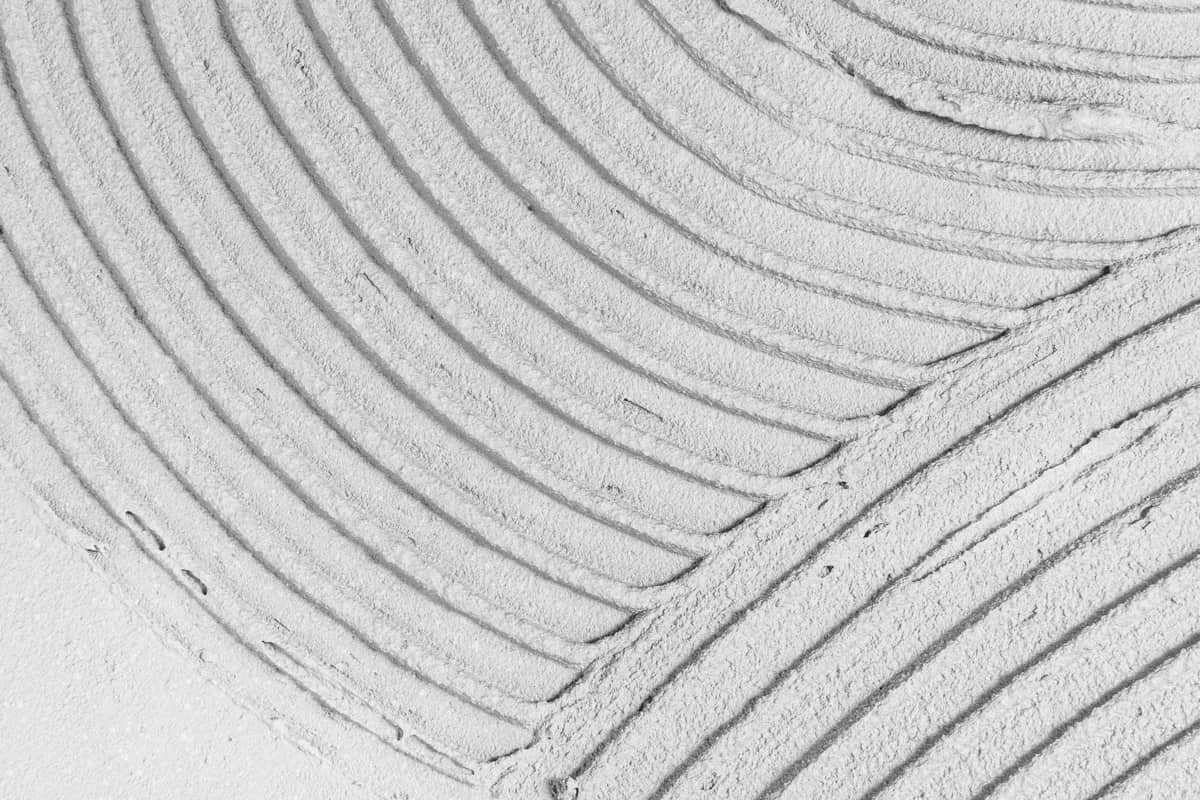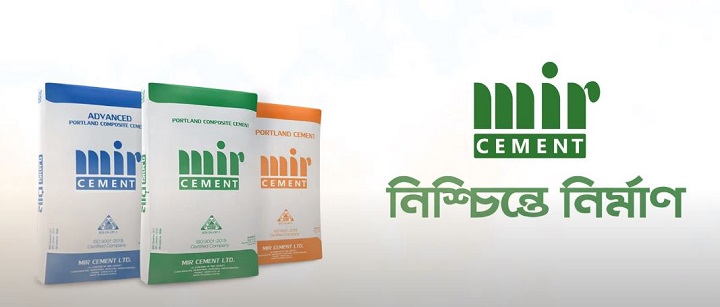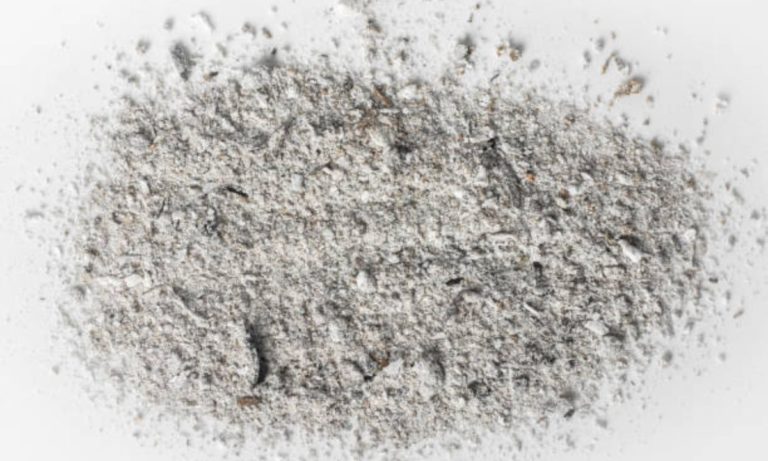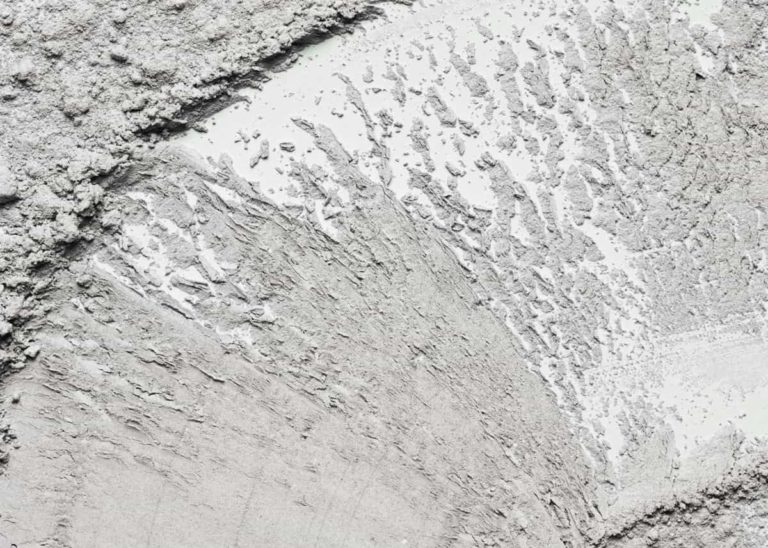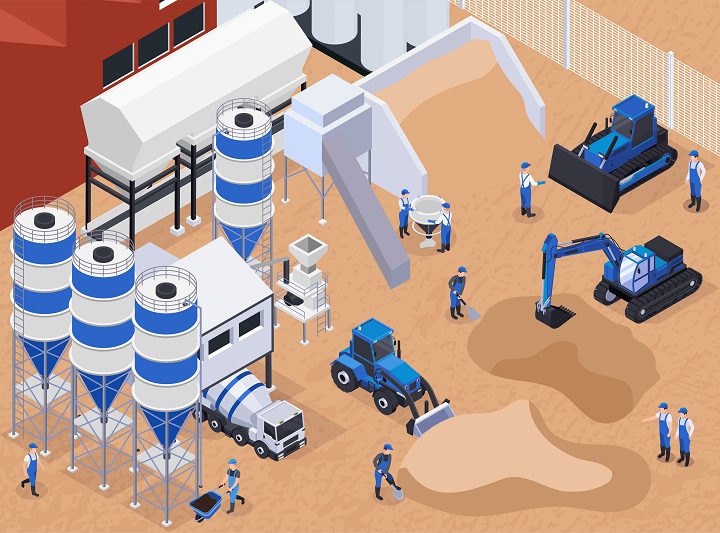Innovative Cement Applications: Paving the Way for 2024’s Architectural Marvels
“Innovation is reshaping the construction industry, from the use of cementitious materials to the application of self-compacting concrete.” – Industry Expert
The world of construction and architecture is constantly witnessing groundbreaking advancements. A significant player in this evolution is the innovative use of cementitious materials and self-compacting concrete (SCC).
The innovative applications of cementitious materials and SCC are paving the way for a sustainable and aesthetically pleasing future in the world of architecture. These materials not only unlock their magical properties but also shape a world where structures are built with both ingenuity and integrity.
Cementitious Materials: A Revolution in Construction
Cementitious materials, including ashes, slags, artificial and natural pozzolana, and construction and demolition waste, serve as alternative raw materials. These materials are spearheading the transformation of the construction industry due to their exceptional strength, durability, and cost-effectiveness.
The Green Future with Cementitious Materials
The integration of these materials into construction practices is reducing carbon footprints and fostering the principles of a circular economy. They are paving the way toward a more sustainable future, where cementitious materials play a crucial role in crafting a resilient world.
The International Conference on Cementitious Materials
The Cementitious Materials International Technical and Trade Congress prides itself as the foremost congregation of cement traders, industry aficionados, and professionals passionate about the newest developments and boundless opportunities in cementitious materials.
Why the Conference?
By attending this pivotal event, attendees get to deep-dive into the latest advancements in cementitious materials, discover lucrative business opportunities, network with influential industry leaders, and develop a comprehensive growth strategy.
Self-Compacting Concrete: A Marvel in Modern Architecture
SCC, a revolutionary material, is redefining the landscape of contemporary architecture. The unique ability of SCC to compact itself without external forces is changing the game and offering unparalleled benefits.
Understanding Self-Compacting Concrete
SCC is a type of concrete that can compact itself, eliminating the need for manual consolidation through vibration. This property not only improves the surface finish but also results in denser, stronger, and more durable concrete structures.
The Secret of SCC’s Magic
The magic behind SCC lies in its carefully crafted mix design, incorporating high-flowability, a well-graded aggregate structure, and a combination of chemical admixtures.
Advantages of SCC
SCC holds numerous advantages in modern architecture like enhanced aesthetics, increased efficiency, improved durability, noise reduction, and green building.
Applications of SCC in Modern Architecture
SCC’s versatility extends to a wide array of architectural applications, including high-rise buildings, bridge construction, architectural facades, and pre-cast elements.
The Future of Architecture with SCC
With the advancement in technology, the potential of SCC in architecture is limitless. The integration of SCC with other cutting-edge construction techniques, such as 3D printing and smart materials, holds the promise of shaping the way we envision and build structures.
Key Takeaways
- Cementitious materials are revolutionizing the construction industry.
- The International Conference on Cementitious Materials provides a platform for professionals to dive into the latest advancements.
- Self-compacting concrete (SCC) is a game-changer in modern architecture.
- SCC holds numerous advantages and applications in modern architecture.
- The future of architecture with SCC is promising.
For more information, feel free to reach us at info@mircement.com or visit our website.
Frequently Asked Questions (FAQs)
-
How is transparent cement transforming architectural design in 2024?
Transparent cement enhances aesthetics, allowing natural light in novel ways.
-
What are the sustainable features of eco-friendly cement alternatives?
Eco-cement reduces carbon footprint, using recycled materials for sustainable construction.
-
Tell me about self-healing concrete and its benefits in construction.
Self-healing concrete automatically repairs cracks, increasing durability and longevity.
-
What role does 3D-printed cement play in modern architecture?
3D-printed cement enables intricate designs, faster construction, and cost-effectiveness.
-
How is cement infused with nanoparticles revolutionizing building materials?
Nanotechnology in cement enhances strength, durability, and resistance to environmental factors.

